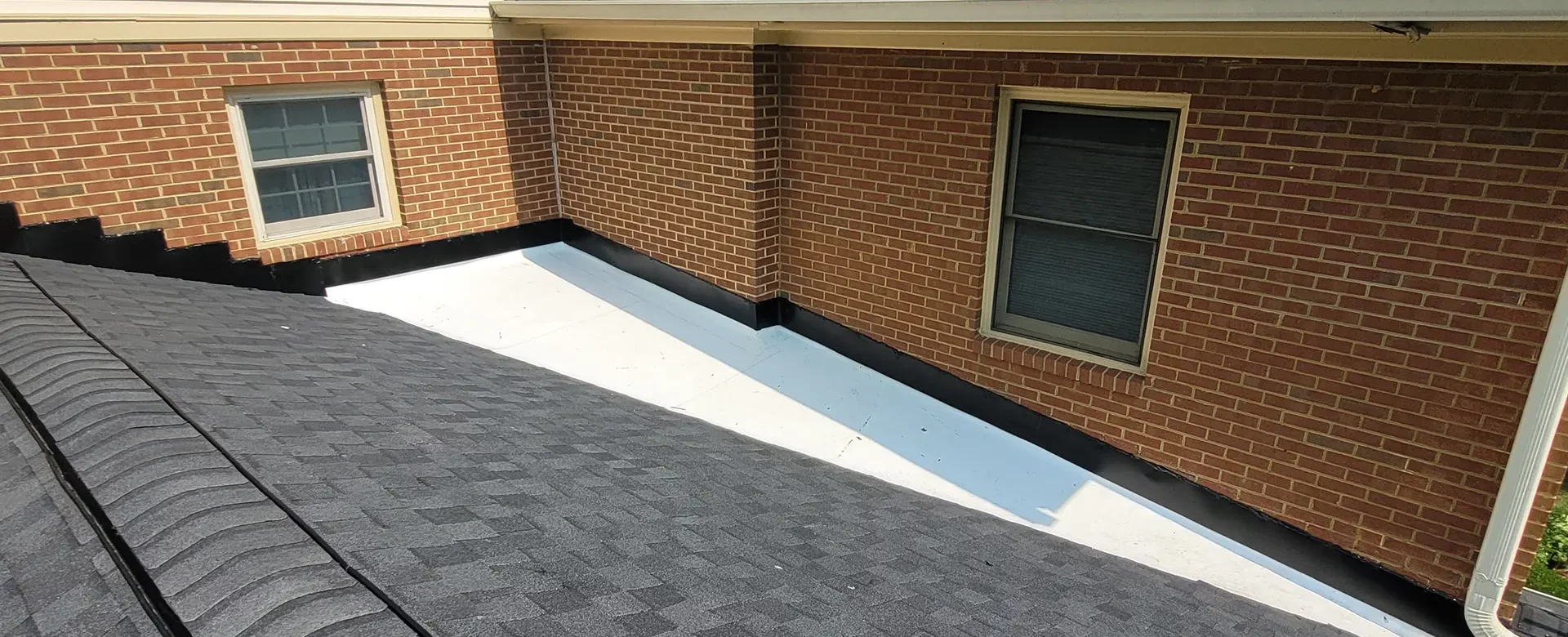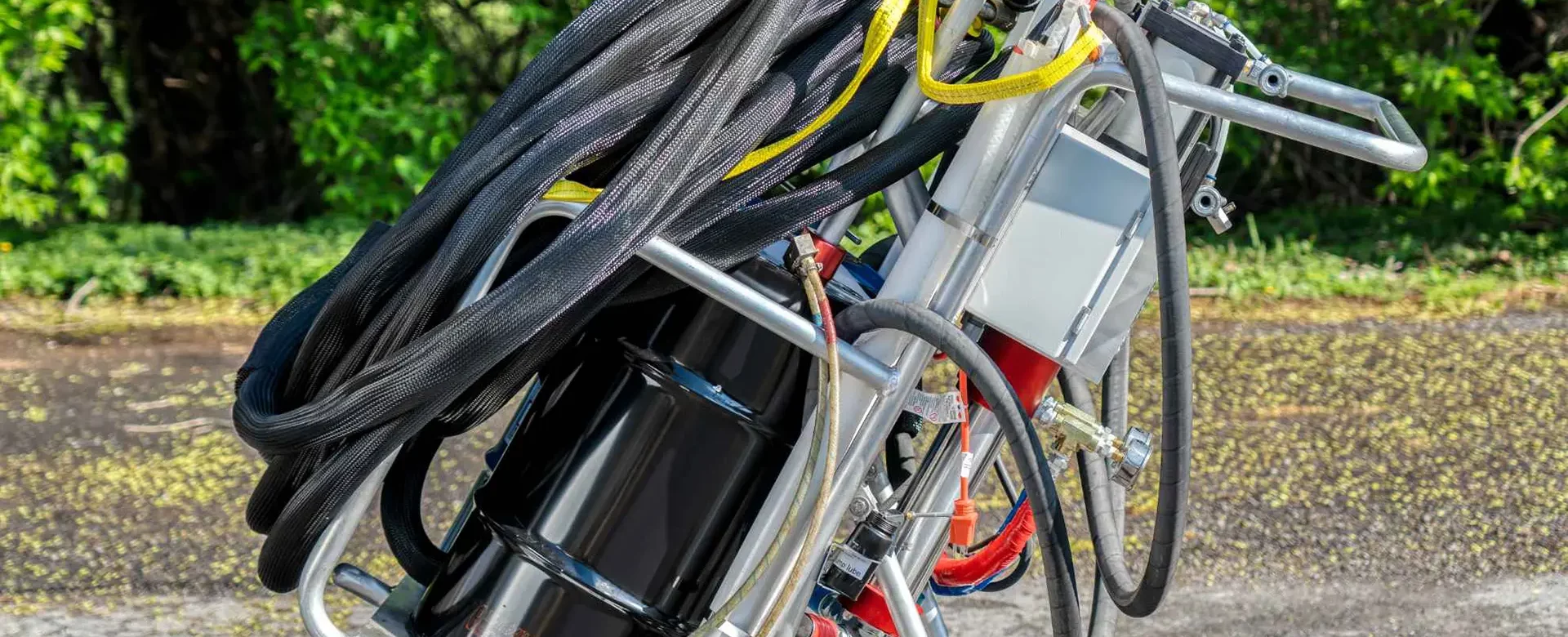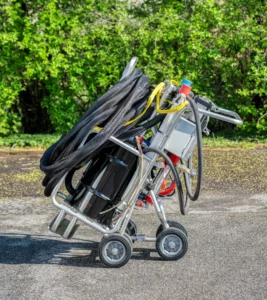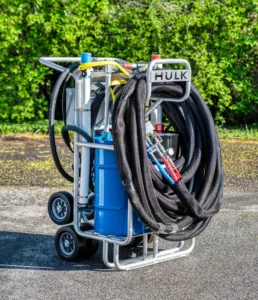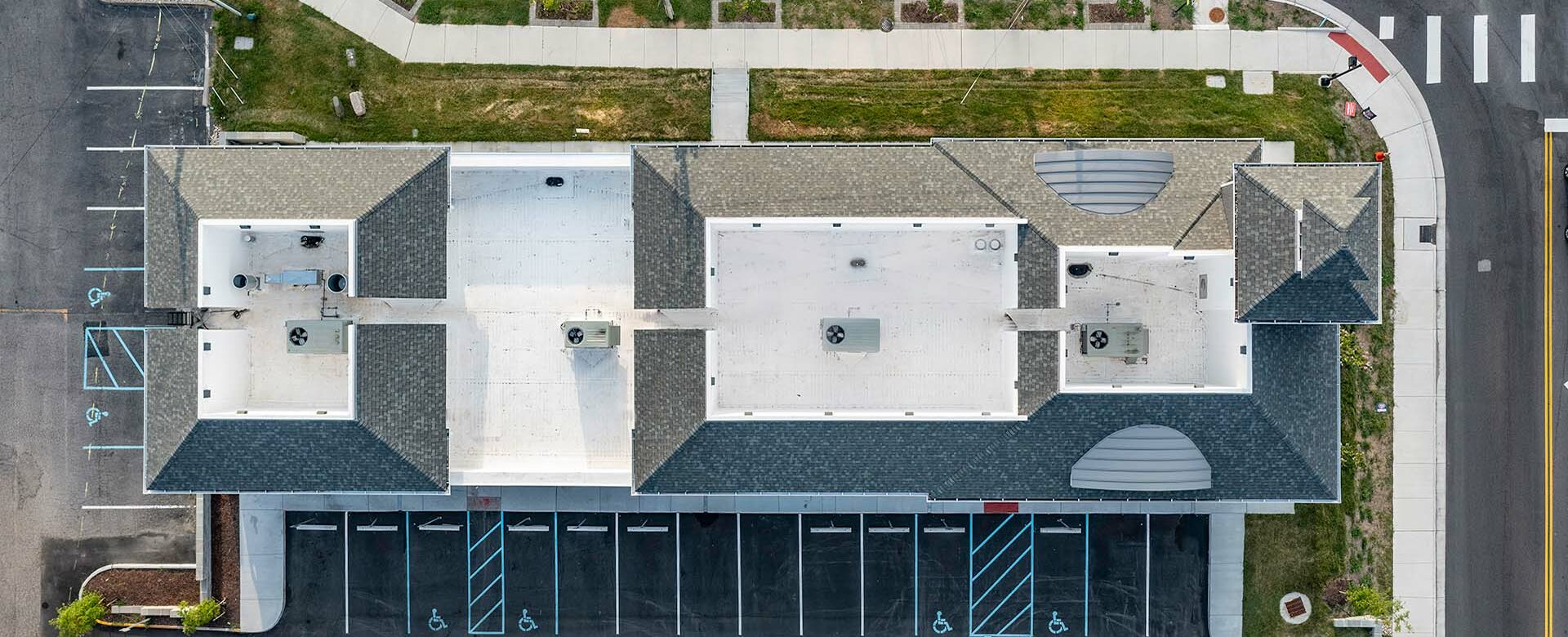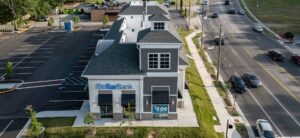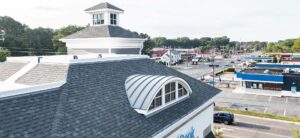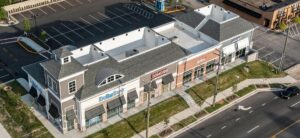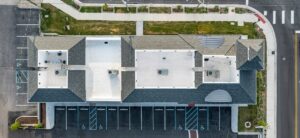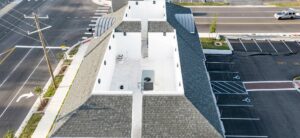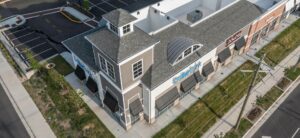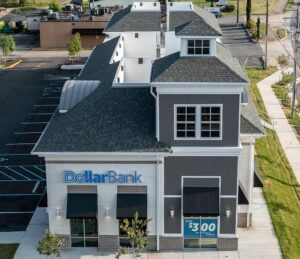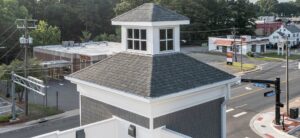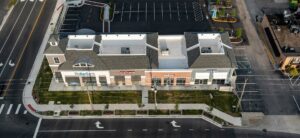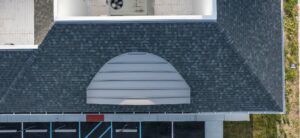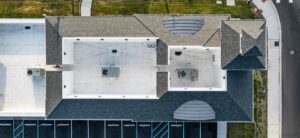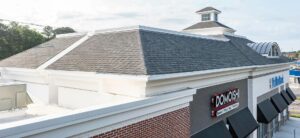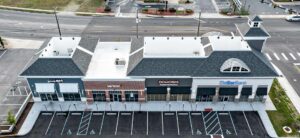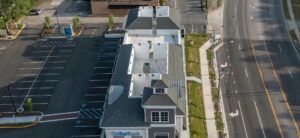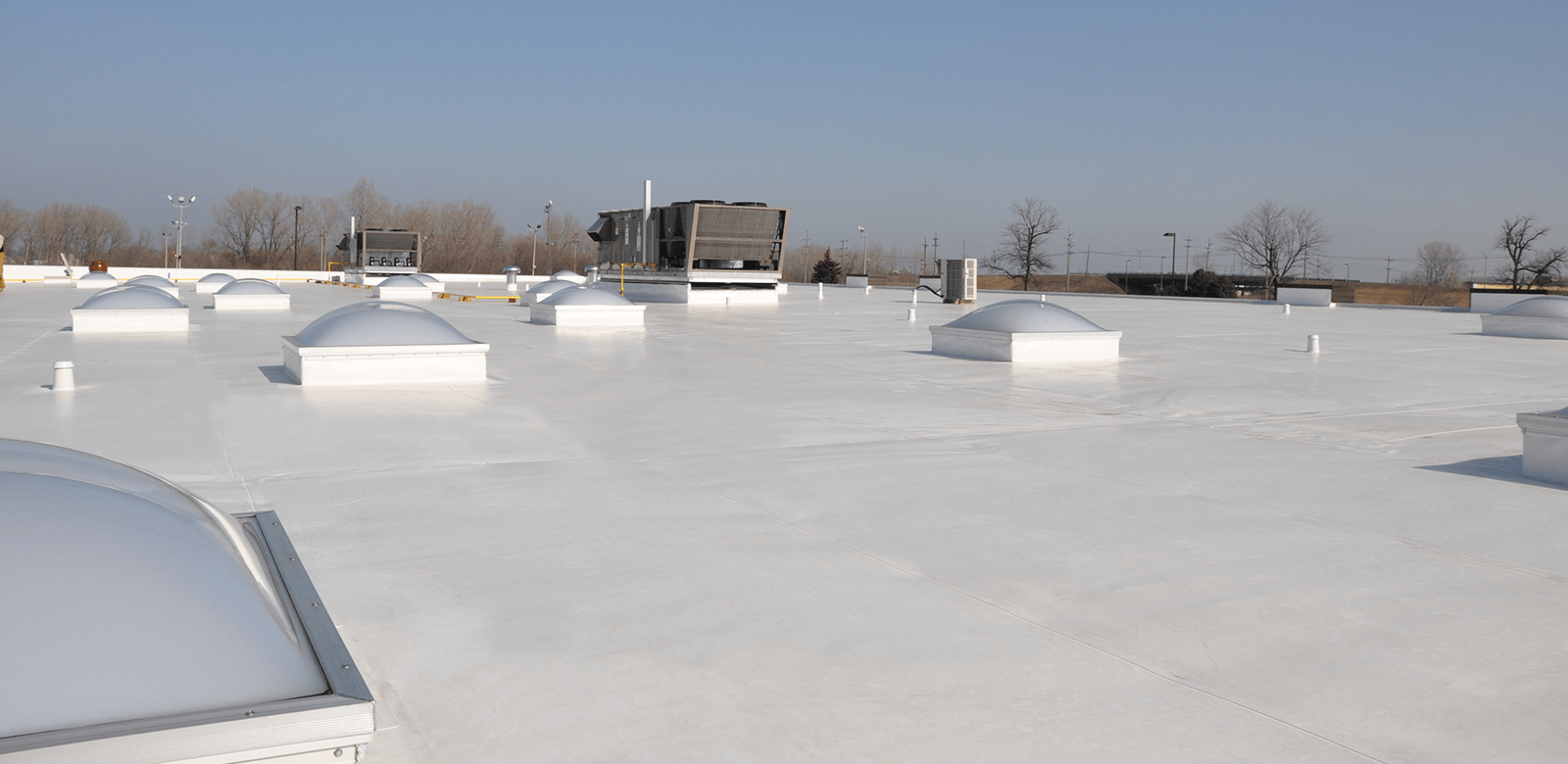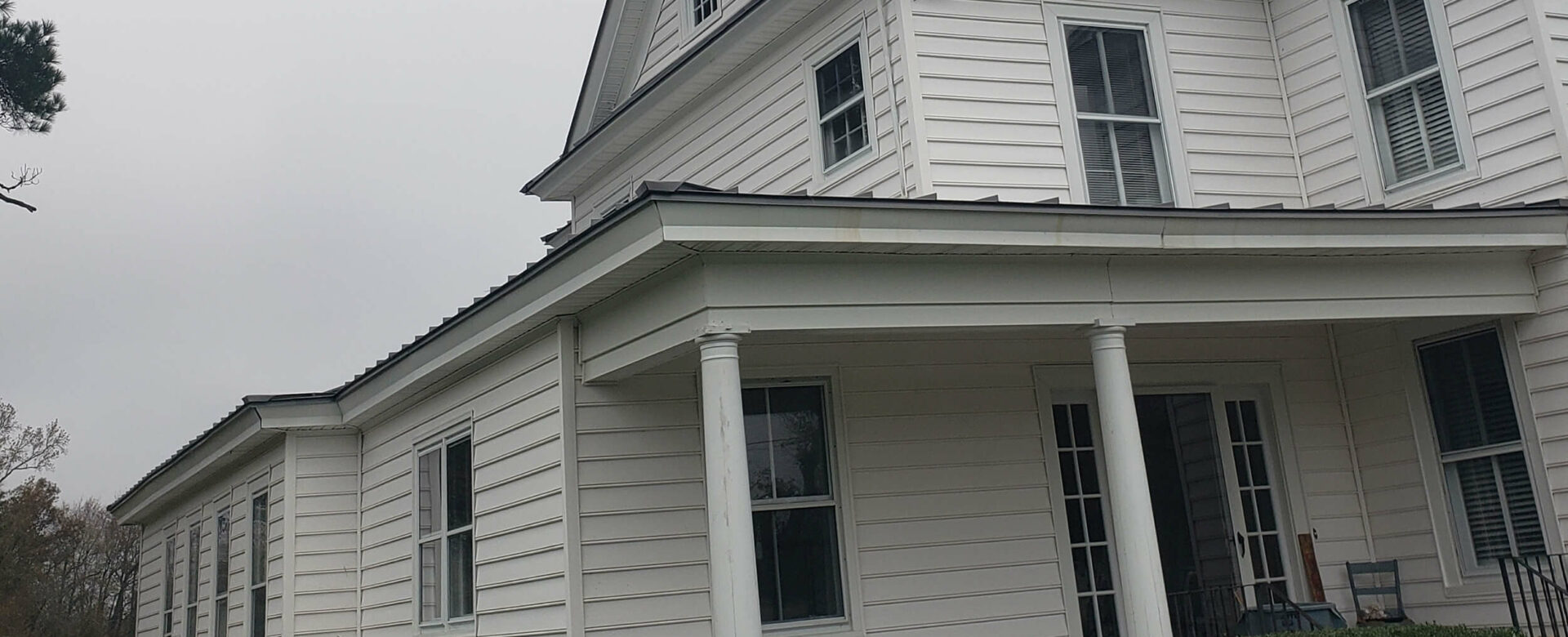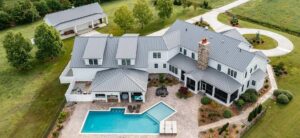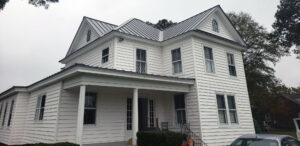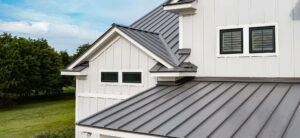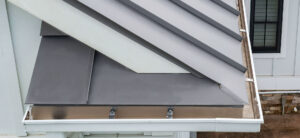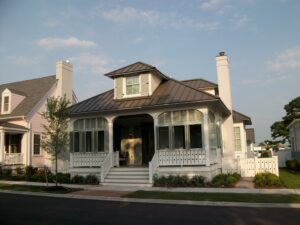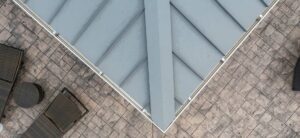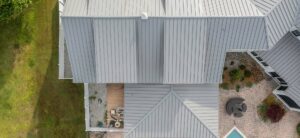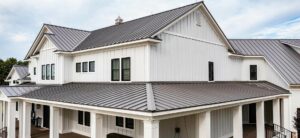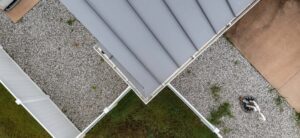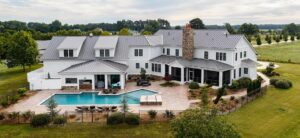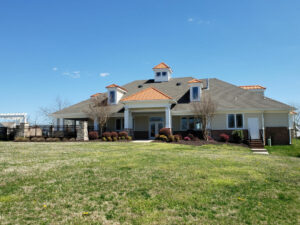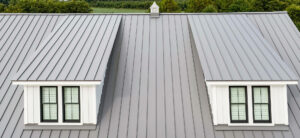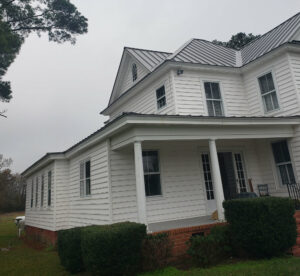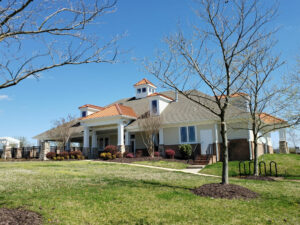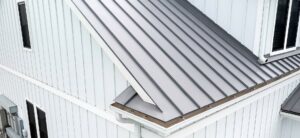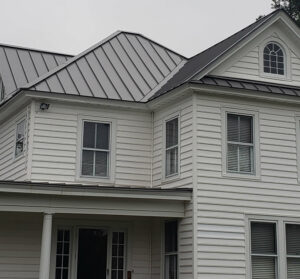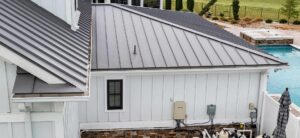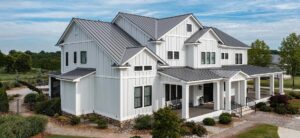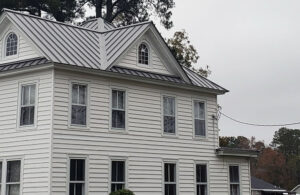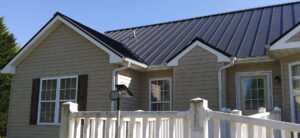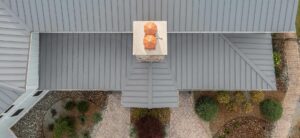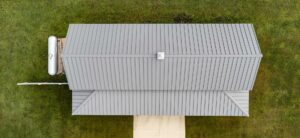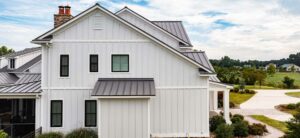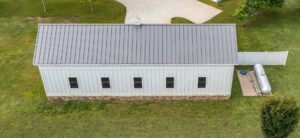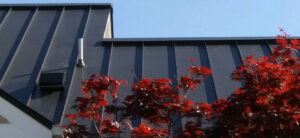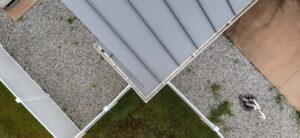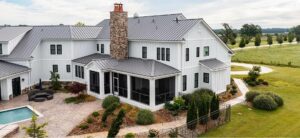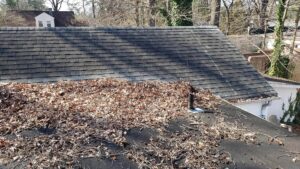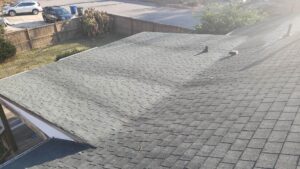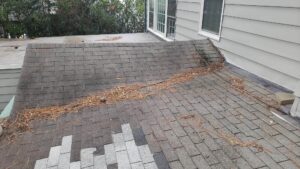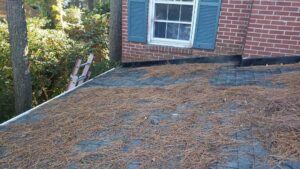At first glance, a roof may look like a simple series of slopes and shingles, but in reality, good roofing is a careful blend of structure, materials, and strategy—especially when it comes to managing water flow. One critical but under-appreciated element in certain roof designs is the roofing cricket.
What Is a Roofing Cricket?
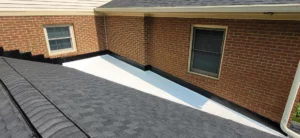 A roofing cricket—sometimes called a saddle—is a small, peaked structure installed on the high side of a roof penetration such as a chimney, wall, or dormer. Its job is to divert water around these vertical elements and prevent it from pooling, which can lead to leaks, rot, or premature roof failure.
A roofing cricket—sometimes called a saddle—is a small, peaked structure installed on the high side of a roof penetration such as a chimney, wall, or dormer. Its job is to divert water around these vertical elements and prevent it from pooling, which can lead to leaks, rot, or premature roof failure.
You’ll typically find crickets in low-slope areas or where two roof slopes intersect to form a valley. Without a cricket, water tends to gather and sit—especially during heavy rain which we are prone to in Southeast Virginia—leading to drainage problems and long-term damage.
How Crickets Work
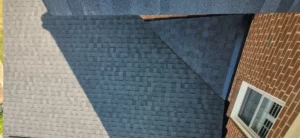 Crickets redirect water using gravity. By adding a subtle peak to the backside of a chimney or at the base of a wall intersection, water is forced to flow down either side of the obstruction rather than gathering behind it. This keeps your roof drier and increases its longevity.
Crickets redirect water using gravity. By adding a subtle peak to the backside of a chimney or at the base of a wall intersection, water is forced to flow down either side of the obstruction rather than gathering behind it. This keeps your roof drier and increases its longevity.
In these photos from a recently completed project in Suffolk, you can see two examples of cricket installations. Each cricket helps manage the directional flow of water and is customized to fit the slope of that particular roofline.
Membrane vs. Shingles: Choosing the Right Material
In most residential roofing, asphalt shingles are the go-to material due to their cost-effectiveness and ease of installation. However, they aren’t ideal in every situation—especially when it comes to areas with very low slopes, also present on this roof that required crickets.
Roofing membranes are single-ply materials (typically rubber or synthetic) designed to be fully waterproof. They’re most commonly used on flat or low-slope areas of a roof where shingles would fail to shed water effectively. It is a material that is often used on commercial buildings, but less often used on residential homes. Their cost can be a little higher than shingles, but their performance in specific areas makes them a necessary investment in certain situations.
In this recent project, we encountered two cricket areas that were previously covered with membrane. Our team made material choices based on pitch and performance needs and determined that in one area with a low pitch, we should reinstall membrane because the slope required a fully waterproof solution to prevent ponding and leaks. In the second area, although membrane had been used previously, the steepness of the slope allowed for us to use shingles instead, saving the homeowner on cost without compromising performance.
What Homeowners Should Know
If your roof includes valleys, dormers, or chimneys, especially if your home has a complex roof layout, it’s worth asking your roofer whether crickets are needed. These small features can make a big difference in preventing leaks and prolonging the life of your roof.
Also, be aware that not all areas of your roof should be treated the same. Experienced roofers assess each slope and intersection to determine whether shingles are sufficient or if membrane is a better long-term solution. A one-size-fits-all approach simply doesn’t work when it comes to effective roofing.
Andrews Roofing Can Help
If you’re considering a roof replacement or have concerns about water pooling near roof features like chimneys or walls, our team at Andrews Roofing is here to help. We bring the technical expertise and attention to detail that complex roofing projects demand. Contact us today for an inspection or consultation.
